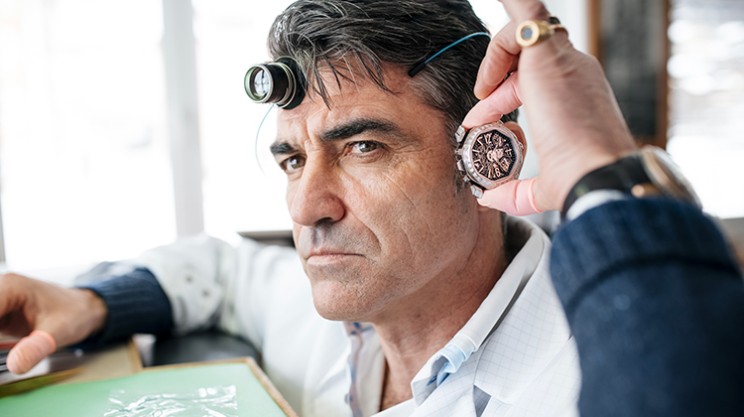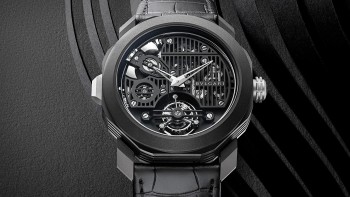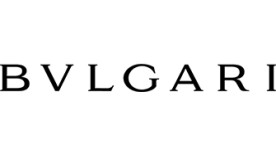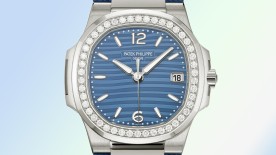Over the years, Bulgari has consistently asserted its expertise in areas where no one would have expected it. n 2000, when Bulgari took over the Roth & Genta factory in Le Sentier, visitors discovered a modest watchmaking workshop founded by two geniuses of the profession, yet known only to insiders. Some 20 years later, the original building dating from the beginning of the last century is now flanked by a new wing featuring contemporary architecture, forming a true Manufacture de Haute Horlogerie in the noblest sense of the term and representing the keystone of Bulgari’s time-measuring instrument strategy. While the Italian Maison’s first jewelry watch dates back to 1918, followed by the essential Serpenti Tubogas in 1948 and by the famous Bulgari Bulgari launched in 1975, it was at the turn of the century that watchmaking really took shape within the group.
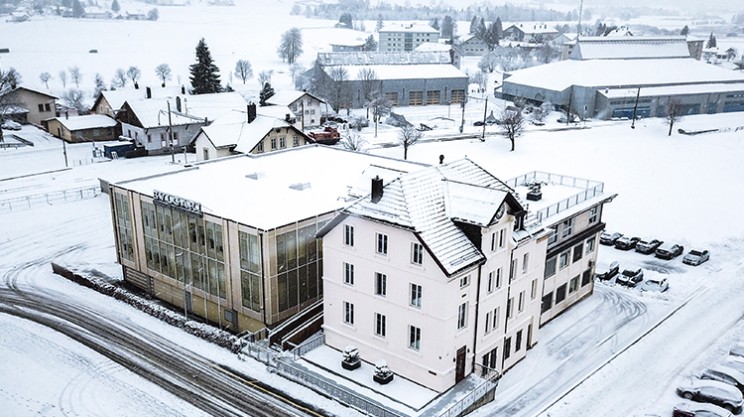
The takeover of Roth & Genta marked the beginning of a vertical integration process for watchmaking activities, aimed at slowly but surely propelling Bulgari into the big league. In the space of ten years, the company became a fully integrated Manufacture with three sites and 400 employees spread between Neuchâtel for after-sales service and casing- up; Saignelégier (Jura) for watch components; as well as Le Sentier, in the Vallée de Joux, for Haute Horlogerie movements and components. The latter term is well-deserved, as over the years, Bulgari has consistently asserted its expertise in areas where no one would have expected it, namely in creating calibers of exceptional size and complexity.
The sound of music
It is precisely in Le Sentier that these horological gems become reality, on a site that employs around a hundred people covering every stage of production, from research & development to final assembly. It all begins with the machining of components: plates, bridges, cams, gears, pinions, flat springs… all of which are manually chamfered and decorated before being delivered for assembly. It is in the various workshops that the magic happens, giving birth to movements that have garnered widespread plaudits, accompanied by awards such as the best-in-show “Aiguille d’Or” won by the Octo Finissimo Perpetual Calendar model at the 2021 Grand Prix d’Horlogerie de Genève.
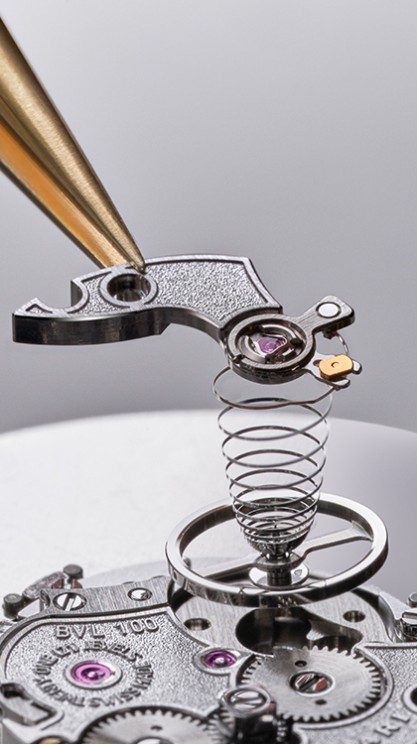
a delightfully technical and airy central flying tourbillon © Bulgari
At the heart of the Manufacture in Le Sentier, alongside the Grandes Complications workshop, which produces the BVL 150 caliber, the smallest tourbillon movement on the market measuring 22 x 18mm and 3.65mm thick, along with the workshop dedicated to “classic” movements, specialized in extra-thin calibers that hold eight world records, is the workshop devoted to striking watches. Here we meet the four master watchmakers who assemble Bulgari’s “musical” timepieces, a task that can take up to six months for the most complex models like the Octo Roma Grande Sonnerie Perpetual Calendar with four hammers and 1,200 components. This painstaking process is all a question of know-how, skill, patience and a musical ear to turn these watches into little marvels that will sing “The Sound of Music” to their future owners.
